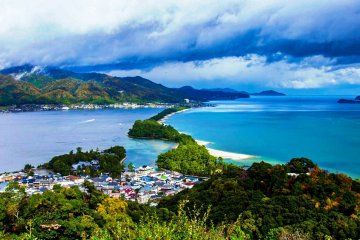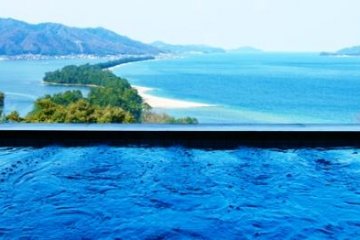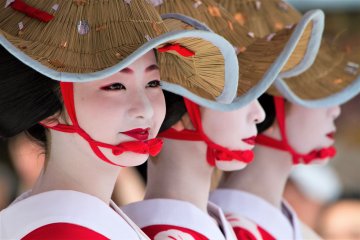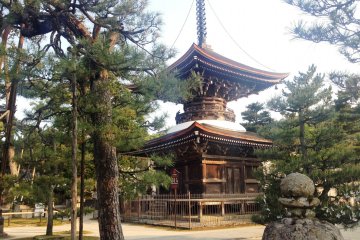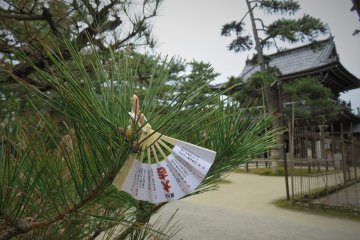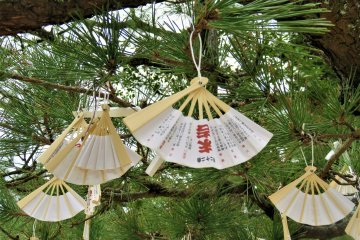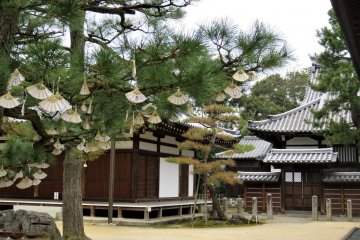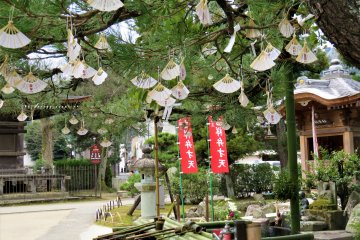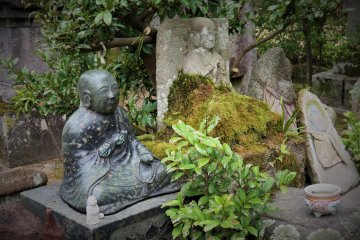“We are lost, and we don’t know which way we should go. But this is a very natural thing, a very healthy thing.” So said Haruki Murakami.
The beginning of knowledge, perhaps, is to say that we are lost and in need of help. This is why poets and philosophers, students of life and of the arts, have made their pilgrimage over the mountains of Amanohashidate for hundreds of years.
Amanohashidate, literally meaning bridge to heaven, is framed by mountains and the sea. One of the Japanese words for this kind of landscape is Sansui. Literally, mountain water, the Chinese origins of this phrase have a resonance in the Japanese way of thinking. It is no coincidence that the top three scenic destinations, Amanohashidate, Matsushima, and Miyajima all have elements of mountains and water in them.
When you are following the contours of the land with your feet, you cease being a spectator and become part of the earth. It is like the difference between looking at the ocean, and swimming in it. When you have sand in your hair and water in your ears, you know you are part of the water.
Maybe this is what reverence is about; being part of something bigger, so that you are not just thinking about yourself or watching from the distance.
The temple itself may be the destination, but this is not the whole story. It is as much the pilgrimage to get to this temple, as it is the temple itself. It is like, what you have learned from the pilgrimage, that you can reflect on as you meditate at the temple.
The first thing you see, as you approach from Chaya Street, is the temple gate, the biggest in the Tango area. It took 8,780 carpenters 7 years to build the gate, which was completed in 1769.
As this temple is dedicated to the Bodhisattva of Wisdom, many students make their way here from all over Kansai to pray for their exams. If that isn’t enough motivation, set the adrenalin going at the 300-year-old painting of Heaven and Hell, or be shocked by the painting of vassals taking revenge on their master.
In the garden miniature fans are tied to the trees, said to attract good fortune. Across the bay at the Motoise Shrine, where umbrella-shaped fortunes are also for sale.



